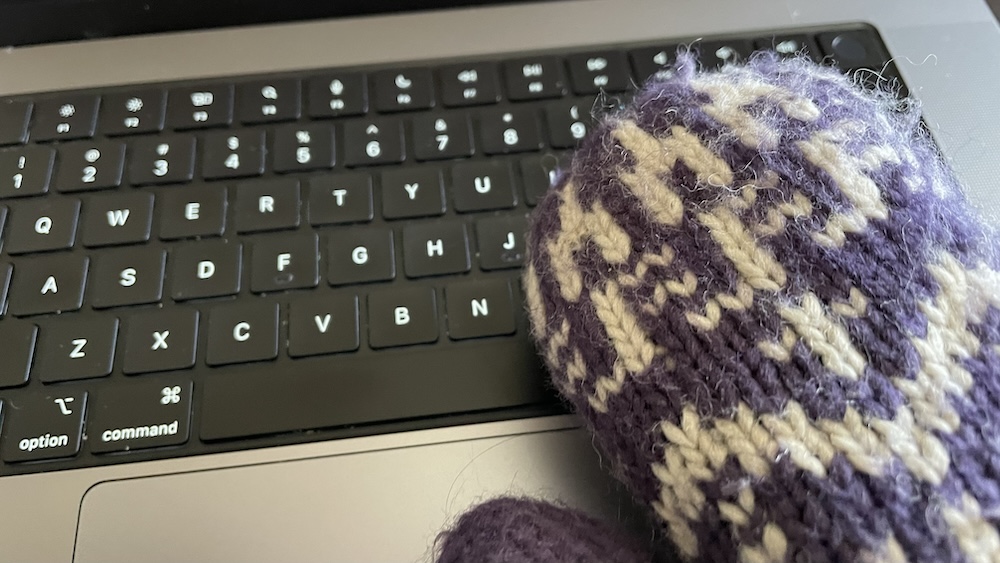Changing the least necessary is one of editing’s primary tenets. How can you learn to edit less?!
It’s natural for a new editor to almost rewrite everything they see. It takes a lot of finesse and sophistication to see how the placement of a single punctuation mark can heal an ailing sentence. And, of course, there are times when material has been reworked so much by so many that it really does need a deeper intervention. Other material seeks revamping for clear communication/”plain language“, a new medium, or a new audience. Outside of such situations, what techniques can help reign in the suggestions?
1. Wear Mittens
In the context of structural editing, my editing students have found my suggestion to “wear mittens” very helpful. For structural changes, you can move content with the mouse, but “wearing mittens” makes it nearly impossible to change individual words or parts of sentences. Mittens are ideal for limiting suggestions to structural changes only.
Mittens may be less useful for a stylistic edit, however, because we DO want you to change individual words during such a review. However, having to take off your mittens may create the necessary pause and inconvenience in which your mind can ask you whether the change is necessary (worth taking your mittens off for), or whether a smaller change can be made.

Imagine that a cat is lying across your keyboard. Ask yourself,
“Do I dare disturb Mittens to make this change?” Imagining the cat’s glower can be a helpful deterrent layer, too.
Mittens come off for the copyedit, but may need to go back on for proofreading! See the definitions of each of these types of edits and the minutia of each layer of revisions.
2. See Others’ Solutions
A classroom is the exact right place to practice these skills and to build your understanding and sophistication. You can create your own mini classroom! You can complete exercises and read the explanations and alternative fixes in the answer key. Better yet, get together with colleagues and compare your answers together. For me, that was the best editing training I ever did; like having a team of mentors!
Contact your instructor or professional organization to get their training materials to use, or download random material online to review it together. Look at others’ solutions for effective but smaller interventions. Can you see how they work? Can you keep these ideas in mind going forward?
You’ll Get There
Even 30 years into my career (nearly), I find my inner voice asking: “Is this change necessary, or can I do something less intrusive?” Sometimes, instead of making a change, I leave a comment saying something like “More formal grammar would express this as ‘XYZ’, but it’s up to you whether you want to make that change.”
Keep practicing, keep learning from each other. Professional development never ends. It’s part of what makes editing an interesting career!
Cat photo CC by Tom Fisk on pexels. Mitten photo by the author.



